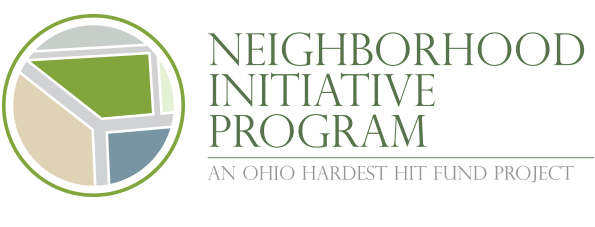On January 29th, Greater Ohio’s Alison Goebel gave interested party testimony on a package of bills that would create the “DataOhio Initiative.” Introduced by Representatives Duffey (R-Worthington) and Hagan (R-Alliance), the DataOhio Initiative will help local governments standardize information about themselves and develop a clearinghouse where information about local and state governments can be easily located. GOPC has long expressed concern regarding the lack of standardized data in Ohio. We believe the DataOhio Initiative will provide the first crucial step to creating the tools local governments and the state need to make data-driven, evidence-based decisions. These decisions should help communities modernize procedures, maximize resources, attract jobs and businesses, and plan for sustainable, prosperous futures.
GOPC is excited about the possibility DataOhio holds to help government officials find underutilized dollars through “apples to apples” comparisons with their peers and the ability to use the data to systematically uncover opportunities to share services and implement best practices.
- HB 321’s requirement to de-silo information and make information machine-readable is essential for any data analysis. The creation of a DataOhio Board ensures there is a face to the Initiative and a resource for participating entities.
- HB 322’s requirement to use a uniform accounting standard allows communities, researchers, private citizens and funding sources to track performance over time. More importantly, a mechanism that creates apples to apples comparisons helps identify best practices and opportunities for government efficiencies and cost savings.
- By gathering and indexing the universe of data available in Ohio, HB 323 will enrich and strengthen research while also saving users time.
- Last, and perhaps most important, HB 324 assists communities in meeting these requirements. The cost savings and opportunities to share services or resources that will arise from a methodical understanding of our local governments will more than make up the foregone revenue of the Grant program.
To take the necessary steps that will ensure the long term sustainability, economic competitiveness, and physical attractiveness of our communities, decisions and development strategies must be data-driven and evidence-based. GOPC is pleased to see that DataOhio holds the possibilities of providing that crucial information.




